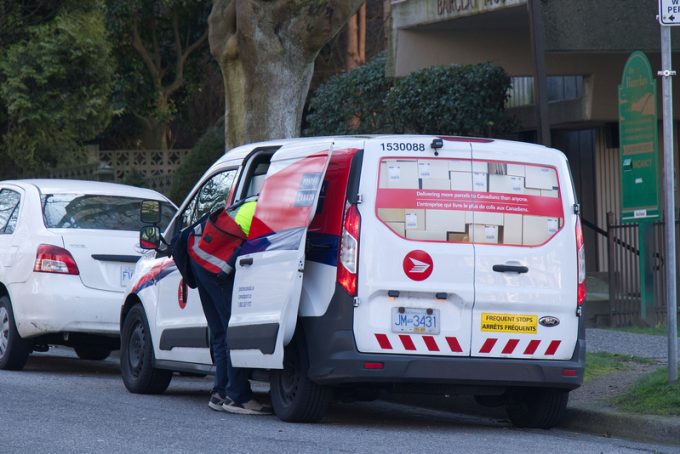New warning of 'widespread disruption' to trade on Brexit day
The UK’s National Audit Office has warned of “widespread disruption” after 1 January. In a damning ...

The parcel industry has been turbo-charged by the Covid-19 pandemic, but is now feeling some pain in response to the massive boom in traffic.
“In the past two weeks we carried over two million parcels – a higher volume than in previous peaks,” Gilles Fernandez, sales director, mail & parcels at AN Post, told a Post & Parcel online conference last week.
Operators are fast-tracking investment in capacity expansion to keep up with the relentless growth and Mr Fernandez reckons 50% of ...
'Disastrous' DSV-Schenker merger would 'disrupt European haulage market'
'Chaos after chaos' coming from de minimis changes and more tariffs
List of blanked transpac sailings grows as trade war heats up and demand cools
Shippers in Asia restart ocean shipment bookings – but not from China
Forto 'sharpens commercial priorities' as it lays off one-third of staff
India withdraws access for Bangladesh transhipments, in 'very harmful' decision
'Tariff hell' leaves industries in limbo – 'not a great environment to plan'
Asian exporters scramble for ships and boxes to beat 90-day tariff pause
Temporary tariff relief brings on early transpacific peak season
Pre-tariff rush of goods from US to China sees air rates soar, but not for long
De minimis-induced ecommerce demand slump could cripple freighter operators
Forwarders 'allowing the fox into the chicken run' by supporting 'hungry' carriers
Hapag 'took the bigger risk' when it signed up to Gemini, says Maersk
'Restoring America's maritime dominance' – stop laughing at the back of the class
Navigating tariffs: 'like trying to solve a Rubik's cube while colour-blind'


Comment on this article